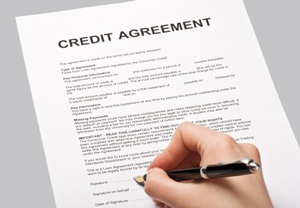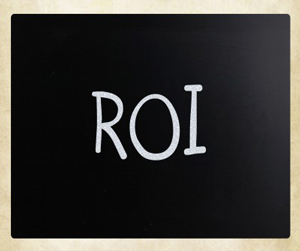Applying for a business loan and securing its approval can be a lengthy process. The actual approval time varies widely depending on the type of loan, its complexity, and the borrower’s timeliness providing the necessary information. This guide from SBA can help you gather the right paperwork, whether you’re applying for an SBA loan or a regular business loan.
But knowing exactly what you’re signing up for is just as important as rounding up the details and completing the paperwork accurately. If you’ve ever purchased a car and found yourself surprised when extra line items turn up on your monthly billing statement, then you’ll know the feeling. With loan agreements, there are devils in the details. That’s why it’s critical to pay attention to the fine print, often found in the promissory note or security interest section of the agreement.
Here are some tips for what to look for and how to avoid potentially costly mistakes:
Common Details Buried in the Fine Print
Some of the key terms that make up a loan agreement aren’t always as explicit as one might hope. The fine print, for example, can include detailed and complex technicalities, qualifications or restrictions of the agreement, and even vital information about the loan’s terms. Things to look out for include:









 State and local economic-development agencies – and numerous nonprofit organizations – provide low-interest loans to small business owners who may not qualify for traditional commercial loans.
State and local economic-development agencies – and numerous nonprofit organizations – provide low-interest loans to small business owners who may not qualify for traditional commercial loans. Before you seek financial assistance, you should thoroughly assess your current financial situation. Ask yourself the following questions to determine your business' financing needs:
Before you seek financial assistance, you should thoroughly assess your current financial situation. Ask yourself the following questions to determine your business' financing needs: Joe McClure, District Director
Joe McClure, District Director When going on a trip, it doesn’t do much good to review a map if you have no idea where you want to go. You seldom plan a trip without knowing how much time you have to get to your destination and how much money you want to spend to get there. If you are like me, it is also helpful to have a map that shows key locations along the way; the number of miles between certain points; and the type of road you will be traveling on.
When going on a trip, it doesn’t do much good to review a map if you have no idea where you want to go. You seldom plan a trip without knowing how much time you have to get to your destination and how much money you want to spend to get there. If you are like me, it is also helpful to have a map that shows key locations along the way; the number of miles between certain points; and the type of road you will be traveling on.

